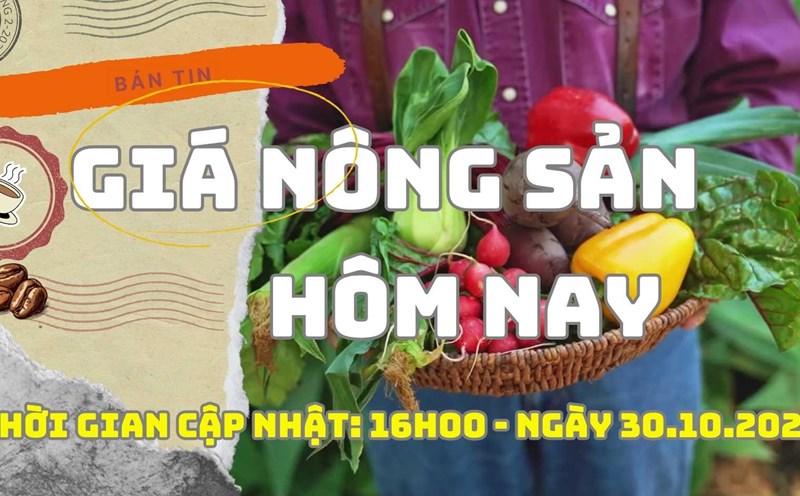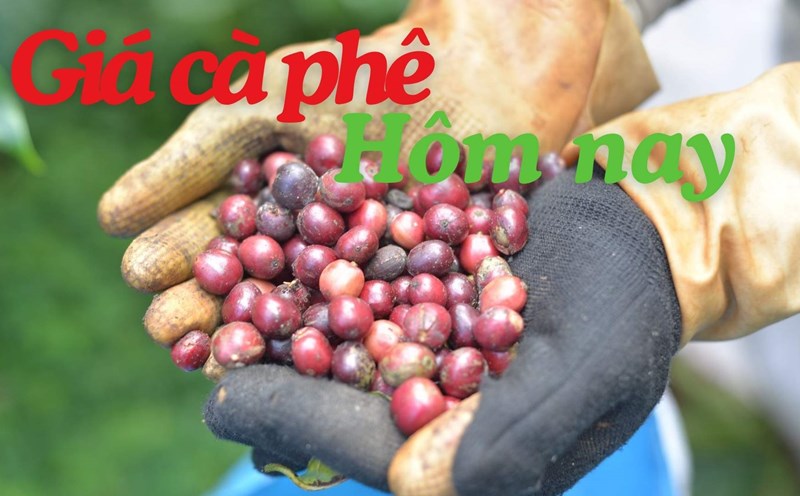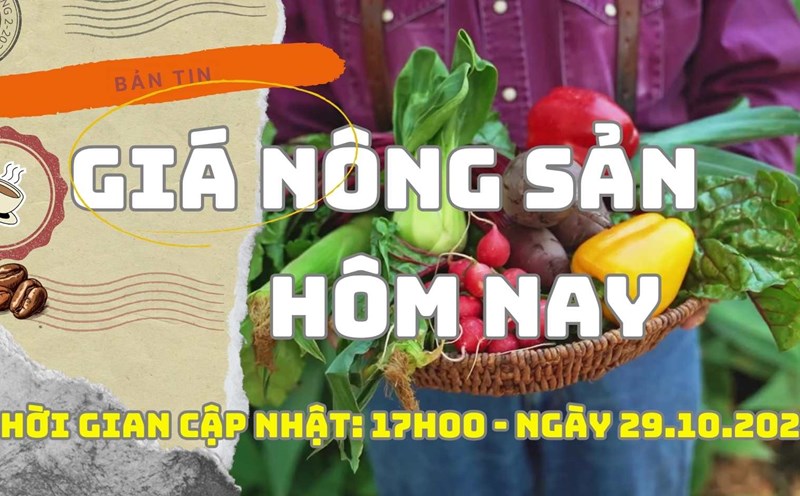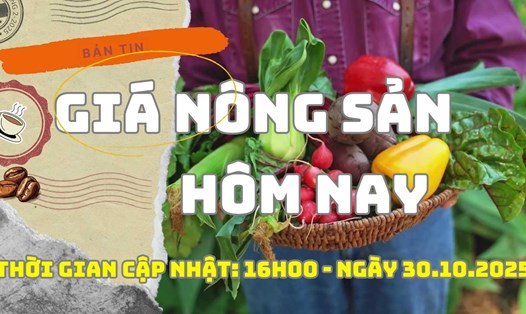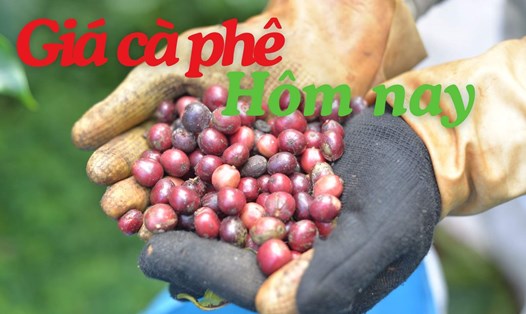Domestic coffee prices
On October 31, coffee prices in key Central Highlands regions increased by VND1,500/kg, bringing the average price in the whole region to VND118,000/kg.
The increase occurred across the whole region: Gia Lai, Dak Nong (old) and Dak Lak all increased sharply by 1,500 VND/kg, bringing the prices to 117,700 VND/kg, 118,000 VND/kg and 118,200 VND/kg respectively.
Lam Dong alone increased by 1,300 VND/kg, reaching 116,800 VND/kg.
World coffee prices
The international coffee market continues its upward momentum. Robusta ( London) increased by 37 USD/ton (up 3.25%), closing at 4,622 USD/ton (term in January-June).
Arabica (New York) also increased by 1.3 US Cents/lb (+0.33%), closing at 392.00 US Cents/lb.
Assessment and forecast
The sharp decline in ICE coffee inventories is supporting prices. The US imposing a 50% tax on coffee imports from Brazil has narrowed supply in the US. Arabica inventories tracked by ICE fell to a 1.5-year low of 446,475 bags, while Robusta inventories fell to a 3.25-month low of 6,111 batches.
Due to high taxes, many US importers have canceled contracts to buy Brazilian coffee, while Brazil supplies about a third of the unroasted green coffee beans to the US.
Last week, Arabica prices increased to an 8.5-month high due to concerns that severe drought during the flowering period could affect the 2026/27 crop. According to Bloomberg's weather analysis, coffee growing areas in Brazil are experiencing severe droughts, with Minas Gerais only receiving about 70% of the average rainfall last month.
Coffee prices were also supported after the US National Oceanic and Atmospheric Administration (NOAA) on September 16 raised the probability of La Nina phenomenon to 71%, which could cause severe droughts in Brazil and threaten the 2026/27 crop. Brazil is currently the world's largest Arabica producer.
According to the USDA Foreign Agricultural Agency (FAS), global coffee output in the 2025-2026 crop year is forecast to increase by 2.5% to a record high of 178.68 million bags. Of which, Arabica output decreased by 1.7% to 97.02 million bags, Robusta output increased by 7.9% to 81.66 million bags.
FAS also forecasts that Brazil will produce 65 million bags (up 0.5% compared to the previous year), and Vietnam will reach 31 million bags (up 6.9%, the highest in 4 years).

